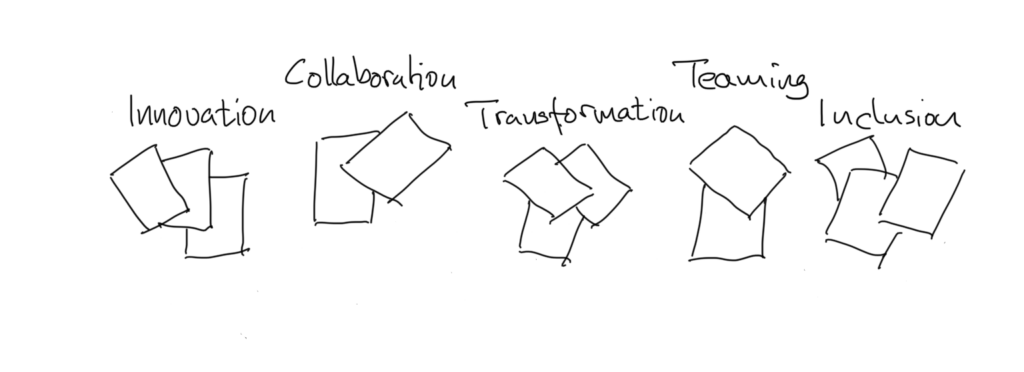Its the skills not the tools!
It is a tough job trying to be a leader in todays fast changing world. The way we as human beings naturally do things does not fit with the complex world we live in and thats why our organisations (including most scale-up and start-ups) fail to transform, fail to adapt to change, fail to include people who are different, fail to collaborate on complex challenges ….. the list goes on and on.
But, what if developing great leadership is not as complex as today’s business environment? What if there was decades of research on 3 skills that make an substantial difference when leading in complex times?
In the Harvard Business School case study “Leading culture change at SEB” you can read about how implementing the 3 skills of the Leadership backbone resulted in better decisions, faster strategic progress, improved collaboration and effective inclusion at a multinational bank. Leaders from NGO’s, scale-ups and large incumbent have reached similar results when I have helped them train and implement the Leadership backbone skills:
- The ability to take another person’s perspective – Perspective Taking
- The ability to create a atmosphere were people are willing to take interpersonal risk – Psychological safety.
- The ability to balance autonomy and alignment by defining Transformative Frames (answering the 3 questions: Where do we want to go? Why are we here? How do we want to do things?)

The leadership backbone is a way to offer you a update to your “Leadership Operating System” so that you and your organisation can reach your goals in todays rapidly changing world.
The Leadership Backbone is actually a pattern of skills. As you know there are a vast amount of management books with concepts, theories, models and tools that will help you with the most important challenges of leadership in complexity (including innovation, collaboration, transformation, teaming, agile, engagement, problem-solving and inclusion to mention a few).

It would be a tough job for any leader to learn and implement one theory for each of the challenges, still most organisations face these challenges and failure is not an option.
Luckily, if you take a deeper look into the 100’s of books you will start to see a pattern of a few skills that keep re-appearing.

And when you look closer you will see that a few skills re-appear very often. The authors of the books have been very creative in coming up with new labels and names for the skills (probably with the aim of selling more books), but the skills are basic the same.

After recognising this pattern, I iteratively developed ways to help leaders improve the skills that would help them on all (or at least most) of the leadership challenges of the 21st Century.

The result has been tremendous not only in the startups that I helped grow to successful scale-ups but also in helping incumbents upgrade their leadership and organisational cultures for transformation and innovation. As mentioned above my work at a multinational bank is described in the Harvard Business school case study “leading culture change at SEB” written by Amy Edmondson.
On this blog I will share theories, exercises and research related to my work so that you too can reach the same success as many of the leaders and organisations that I have helped.
As you will see the skills are not only vital for the leadership challenges listed in the illustration, but combined they will give you the mindset to create truly agile teams and organisations (regardless if you are organized in tribes or not).
Here are some posts to describe the 3 skills:
…. and here is a model for collaboration and progress on complex challenges… that combines all the skills.
I hope this will be of use to you!
